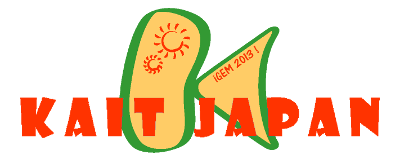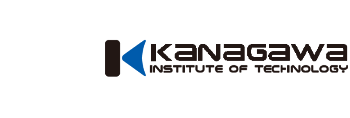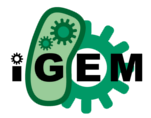Team:KAIT Japan/Safety
From 2013.igem.org
| Line 61: | Line 61: | ||
<br>(Note: This is meant to be a somewhat open-ended discussion question.) | <br>(Note: This is meant to be a somewhat open-ended discussion question.) | ||
</big> | </big> | ||
| - | + | <p style="text-align:center"> | |
| - | + | *It may fall into autoimmune disease by Th1 increasing excessively. | |
| + | </p> | ||
| + | <p style="text-align:center"> | ||
| + | *α-hemolysin (Used as a tag to start it outside IL-12) provides hemolysis. | ||
| + | </p> | ||
| + | <p style="text-align:center"> | ||
| + | *When a human being took E coli, it is concerned whether you are safe. | ||
| + | </p> | ||
| + | <br> | ||
| + | <big>6. Does your project include any design features to address safety risks? | ||
| + | <br>(For example: kill switches, auxotrophic chassis, etc.) <br> | ||
| + | Note that including such features is not mandatory to participate in iGEM, but many groups choose to include them. | ||
| + | </big> | ||
:[[https://static.igem.org/mediawiki/2013/3/33/Safety2013.pdf'''PDF''']] | :[[https://static.igem.org/mediawiki/2013/3/33/Safety2013.pdf'''PDF''']] | ||
Revision as of 01:12, 28 September 2013
|
|
Safety
Basic Safety Questions for iGEM 2013
1 ● Greater than 1 ○
We used E.coli Pro 5-alpha. It doesn’t cause irritation effect on the skin. And it doesn't sensitize us.
We used E.coli Pro 5-alpha. It doesn’t cause irritation effect on the skin. And it doesn't sensitize us.
Aquatic toxicity: Not harmful to the aquatic environment.
We discard the experimental dust after autoclave. Therefore there cannot be the thing leaking outside.
|
 "
"





